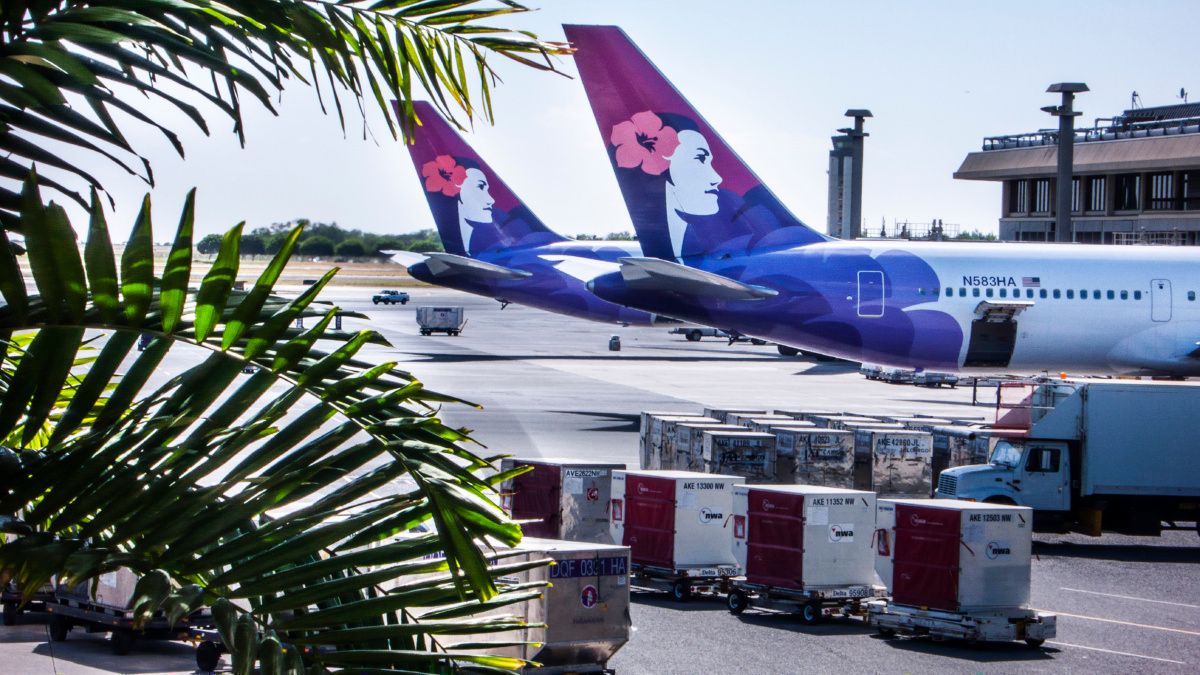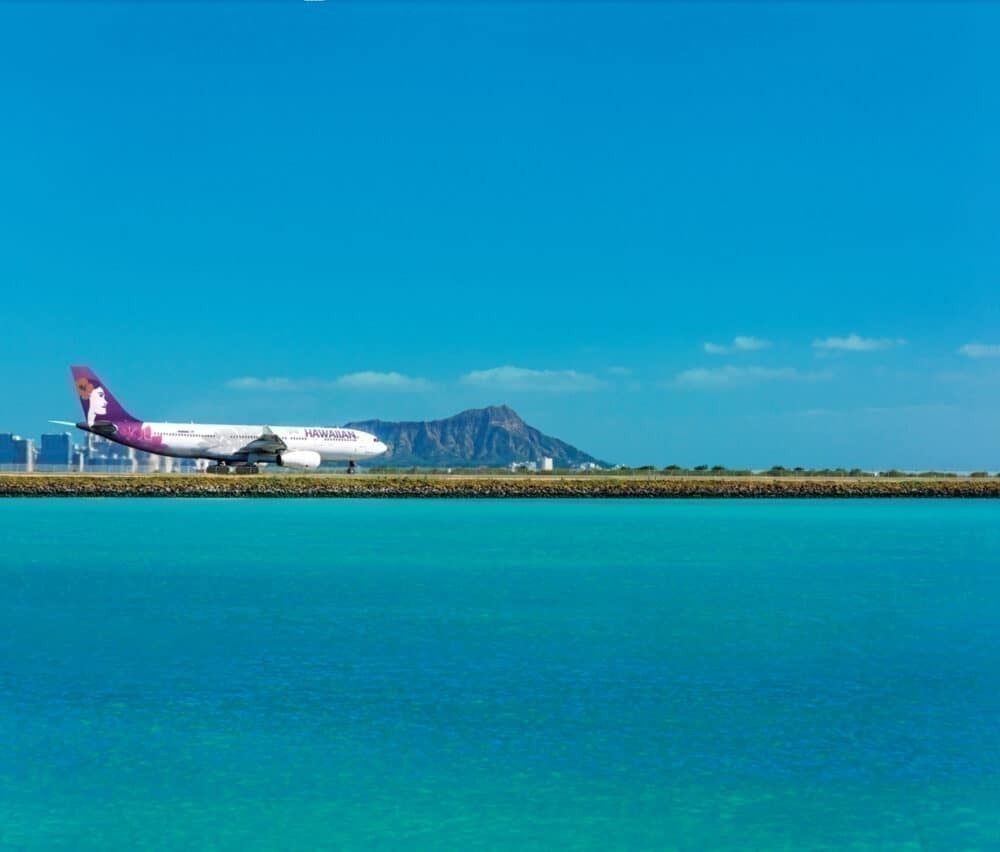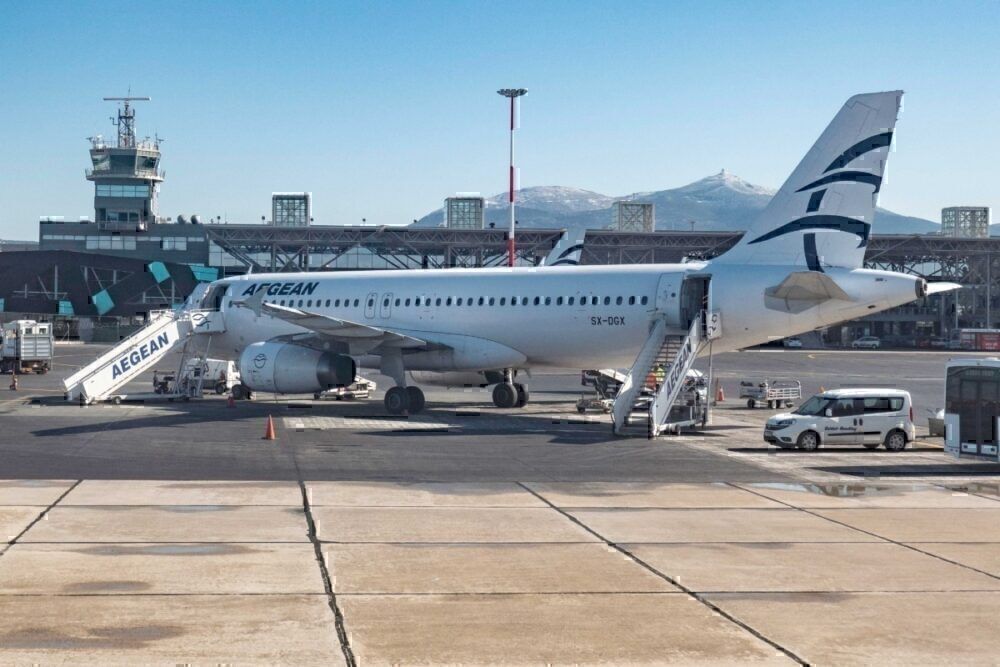On Tuesday, the Governor of Hawaii announced that the date for the state's pre-travel COVID-testing regime has once more been pushed back. Following surges in coronavirus numbers both on the mainland and the Pacific islands, the new date is set for October 1st. this will come as a heavy setback for the state, as tourism accounts for 21% of Hawaii's economy.
Monitoring the conditions
To the excitement of many Americans feeling in need of a post-lockdown holiday, Hawaii announced in June that it would initiate a pre-travel COVID-testing program in place of a two-week quarantine. Originally scheduled to begin on August 1st with airlines already planning the return of services, the program was later pushed back until the beginning of September.
Stay informed: Sign up for our daily aviation news digest.
However, as the date inched closer and numbers of virus cases across the US kept rising, officials indicated that the new test-regimen was again up in the air. On Tuesday, Hawaii's Governor David Ige confirmed that the island state would not be reopening for tourists until at least October 1st. But even that date remains uncertain.
"We will continue to monitor the conditions here in Hawaii as well as key markets on the mainland to determine the appropriate start date for the pre-travel testing program," Mr Ige said, as reported by Hawaii News Now.
The proposed pre-travel testing program, if and when it will indeed be launched, will mean that any person arriving at the islands may skip the two-week quarantine if they present a negative COVID-test no less than 72 hours old. This will apply to both visitors and residents, with no option to get tested on arrival.
Bars, parks, and beaches closed on Oahu
While the first delay from August to September was prompted by a surge in cases on the US mainland, the latest decision seems to have been based on a spike in numbers on Oahu. Hawaii's largest island and home to the state capital Honolulu has now closed bars, along with parks and beaches, in a bid to curb the spreading of the virus.
Last week, the state saw its highest daily case count yet with 354 new infections. The record figure prompted the reinstating of a modified interisland quarantine regulation. A 14-day quarantine now applies for travelers arriving in Kauai, Hawaii Island or Maui County. This will remain in effect until at least August 31st.
Island dilemmas
As for many islands and nations whose economy is heavily dependent on tourism, the weighing between opening up to save jobs and livelihoods, or staying closed to potentially save lives, is no easy task. Tourism makes up 21% of Hawaii's economy, and 2019 saw over 10 million visitors to the islands.
Greece, which had done a remarkable job at keeping corona at bay throughout spring, has seen a dramatic increase in cases since tourists began arriving in earnest in July. The country has been applying randomized COVID-testing on arrival, with quarantine (expenses paid by the Greek Government) imposed if results come back positive.
The Bahamas first welcomed, then suspended, and later reopened for tourism again, while the US Virgin Islands have banned tourists for a month since Wednesday. The Maldives has seen a significant spike in numbers since reopening for tourists on July 15th. Cases on Bali in Indonesia has increased by 20% since opening up for domestic travel merely two weeks ago.
Do you think pre-travel COVID-testing is the way for economies relying on tourism to open their borders safely? Let us know your thoughts in the comment section.



